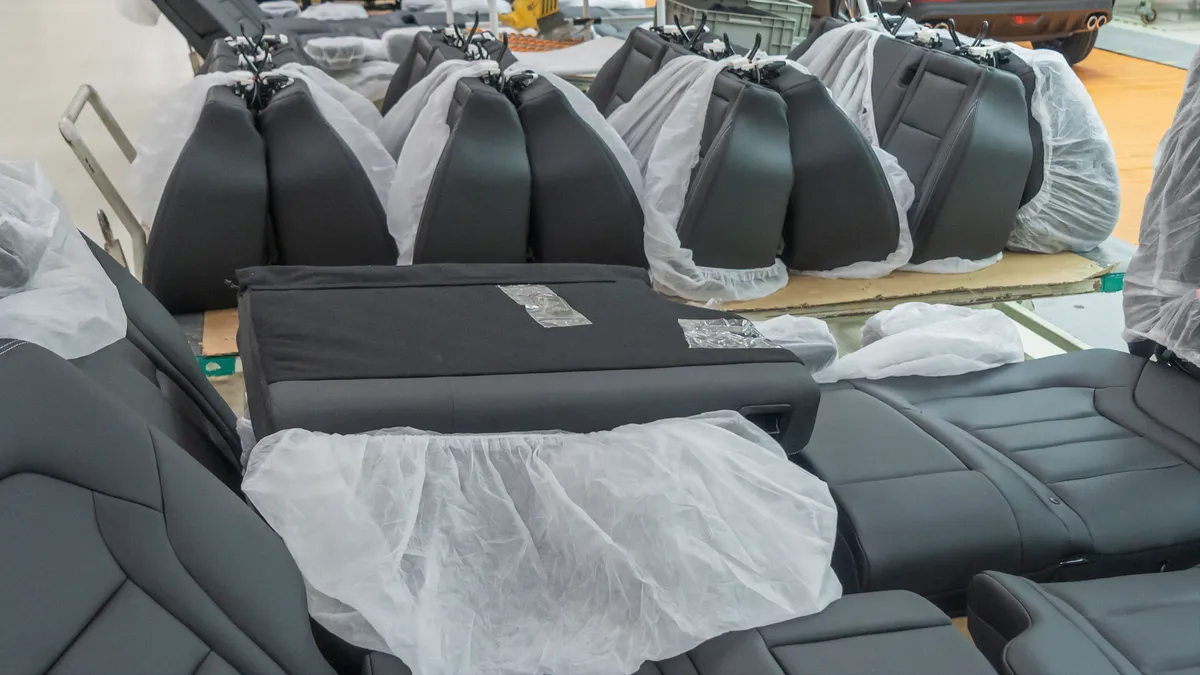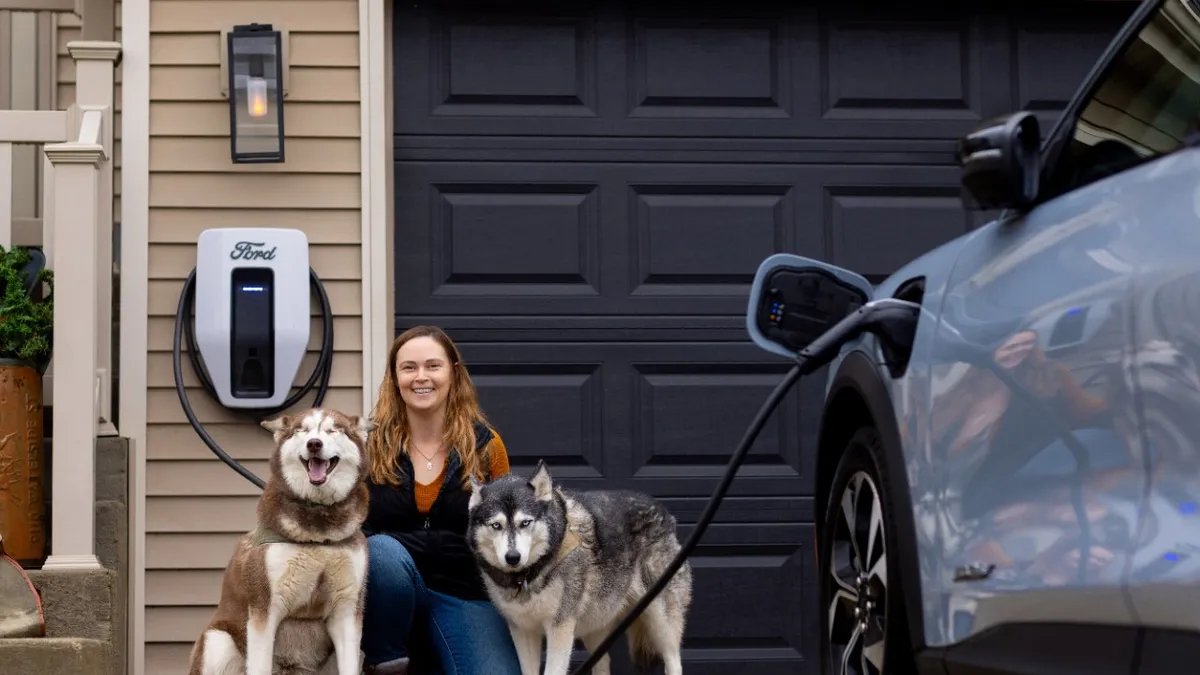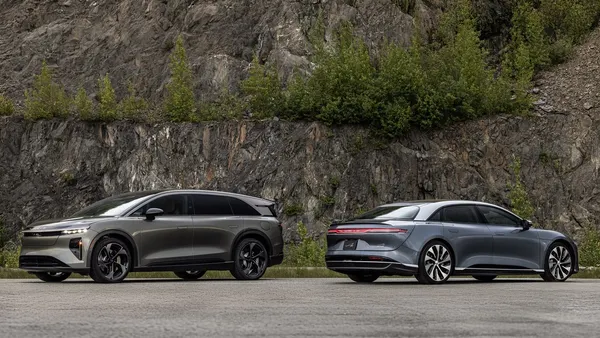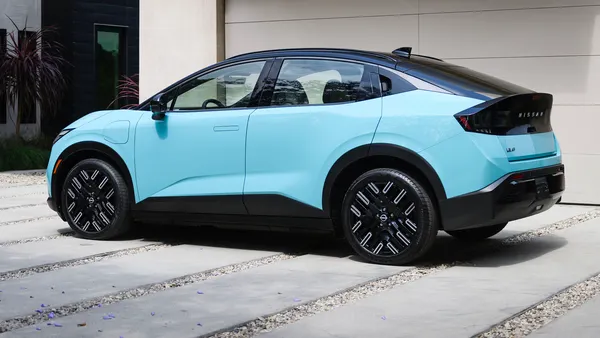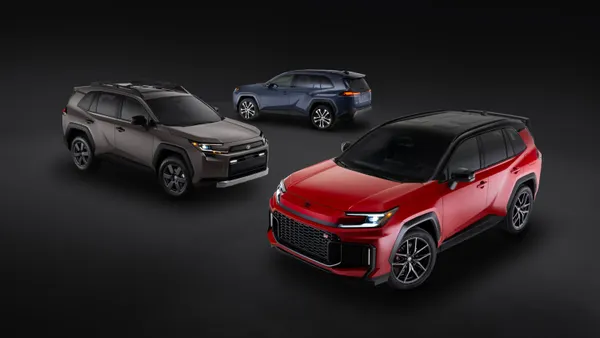Dive Brief:
- Uber and Lyft plan expansions of autonomous ride-hail vehicles in partnership with robotaxi providers, the companies said on earnings calls Aug. 6.
- AVs can operate 24 hours a day, seven days a week as needed, and have proven popular with riders, Lyft CEO David Risher said on the company’s call.
- Uber CEO Dara Khosrowshahi said the company’s robotaxi vehicles, operated in partnership with Waymo, are “busier than 99% of our drivers in terms of completed trips per day” in Atlanta and Austin, Texas, where robotaxis recently launched.
Dive Insight:
While part of the benefit from robotaxis is their near round-the-clock availability, helping to solve an economic problem for ride-hail companies is another: “Drivers want to be paid more. Riders want to pay less,” Risher said. Driverless vehicles eliminate the first part of that equation.
Risher characterized AVs as the “wind at the back of rideshare,” adding, “It's going to introduce a lot of people to AV, because most people's first AV experience will be your rideshare.”
But “AVs today are not profitable,” Uber CFO Prashanth Mahendra-Rajah said on the company’s earnings call. Khosrowshahi said AV commercialization will take time.
Autonomous vehicles require capital investment in the vehicles. There’s also cleaning and maintenance, which Lyft outsources to its independent subsidiary, Flexdrive.
Uber, electric vehicle maker Lucid and AV technology company Nuro announced a partnership in July for a new robotaxi service. “Tens of thousands of Lucid vehicles, equipped with the Nuro Driver and designed specifically for ride-hailing use, will exclusively join the Uber network over the next several years, starting in a major U.S. city later next year,” Khosrowshahi said in prepared remarks. The Nuro driver is the company’s name for its autonomy system.
Khosrowshahi also said on the call that Uber would “love to have more Waymos on our platform, both in Austin and Atlanta and in additional cities.” He was unable to say when that might happen.






